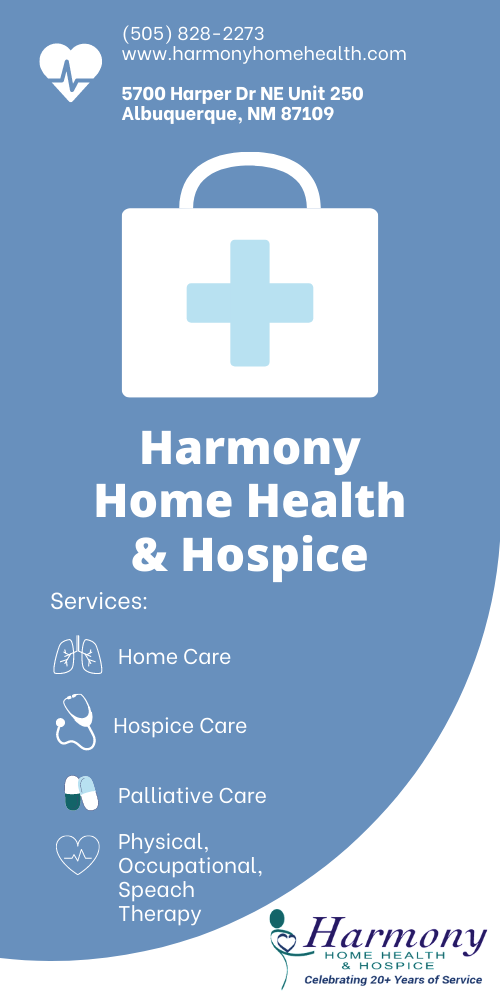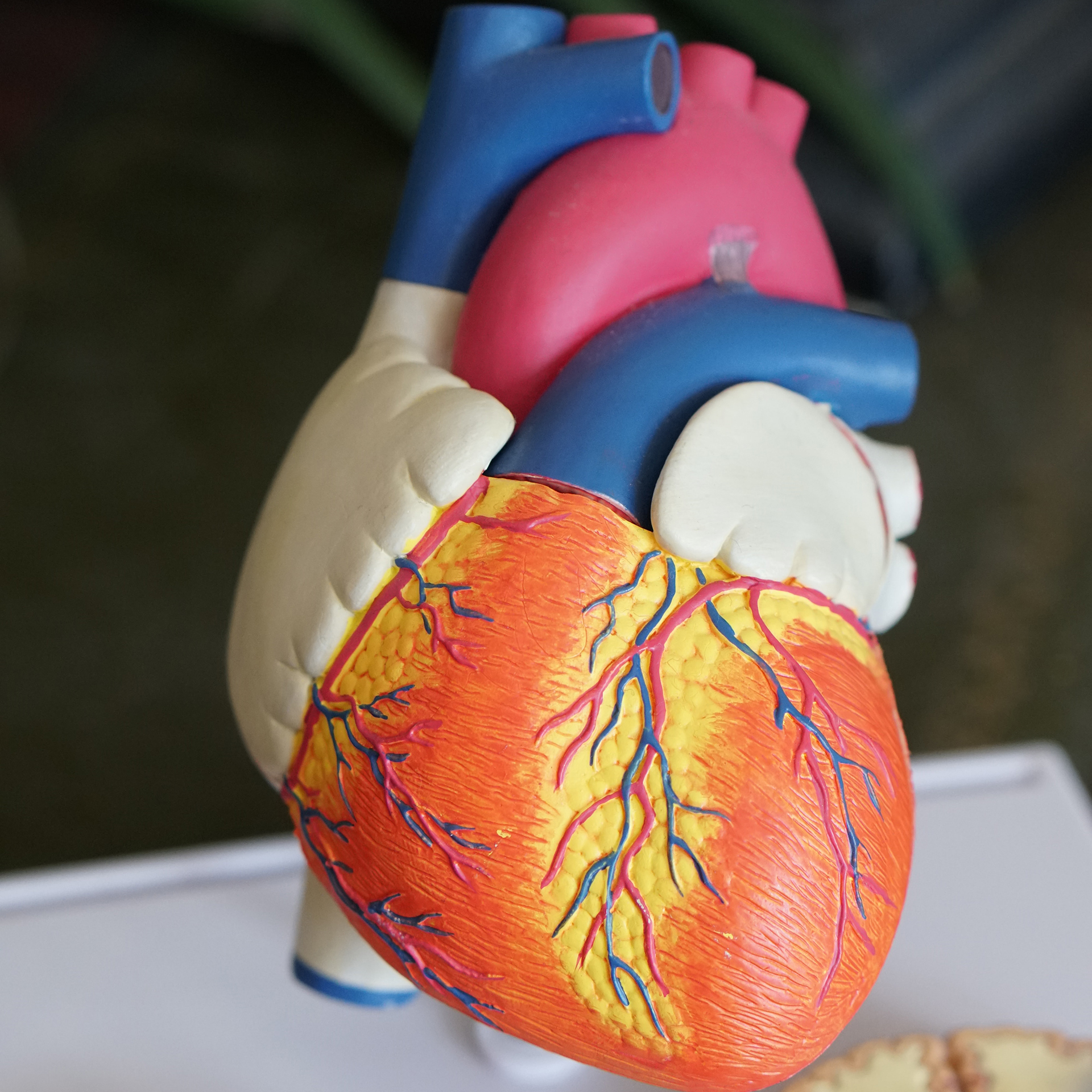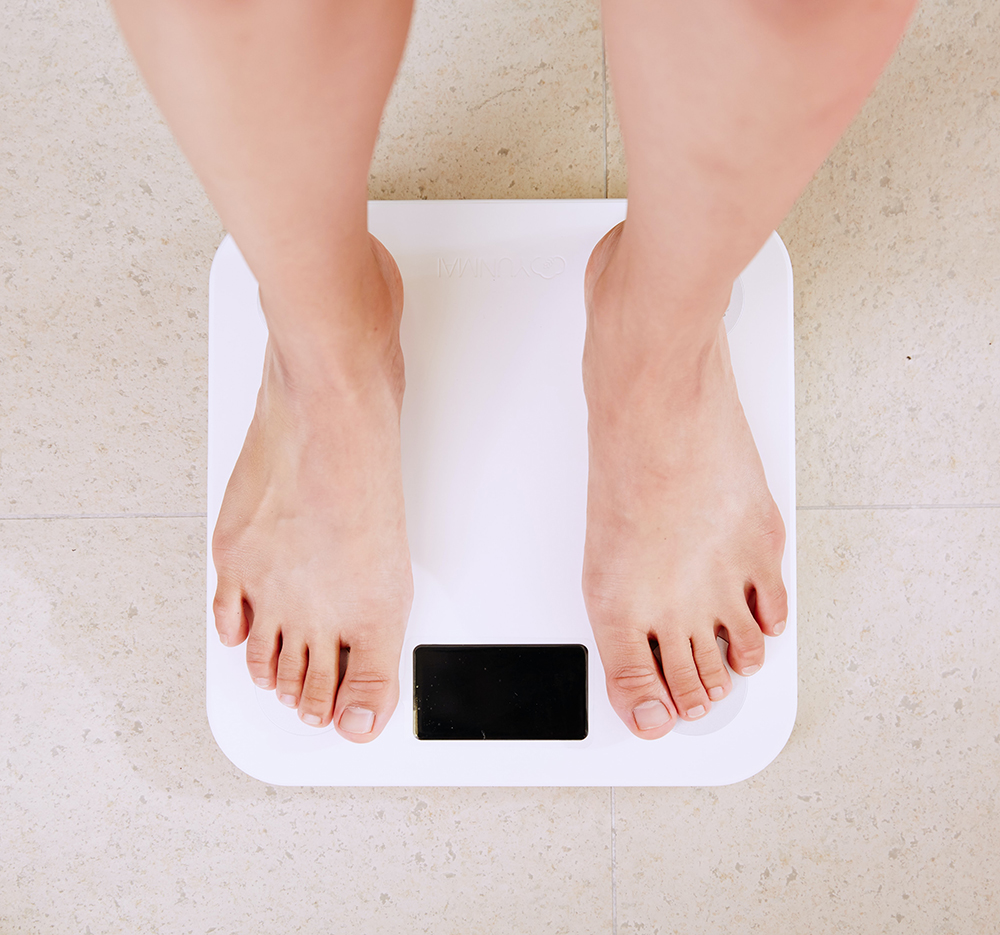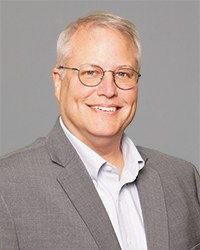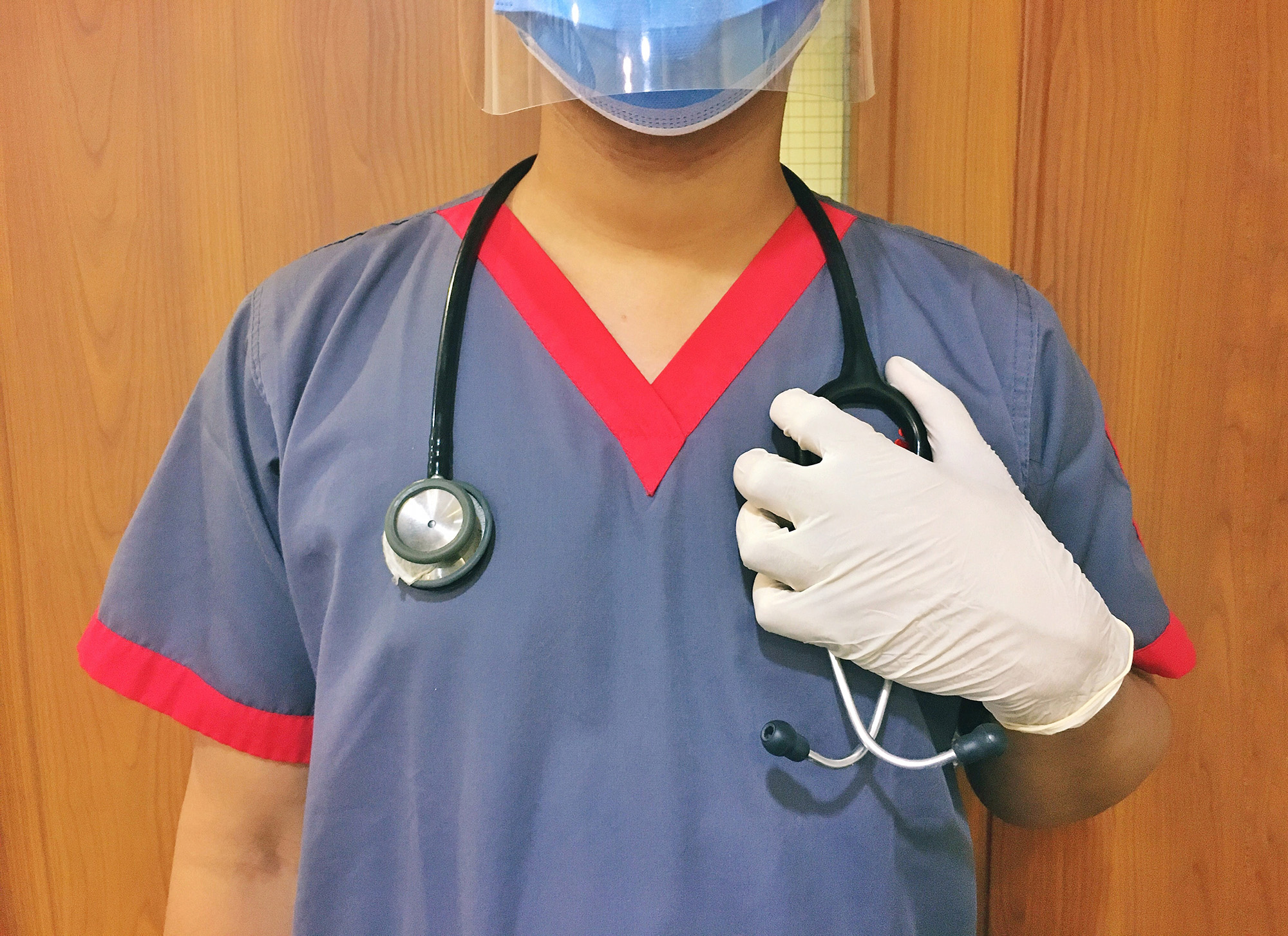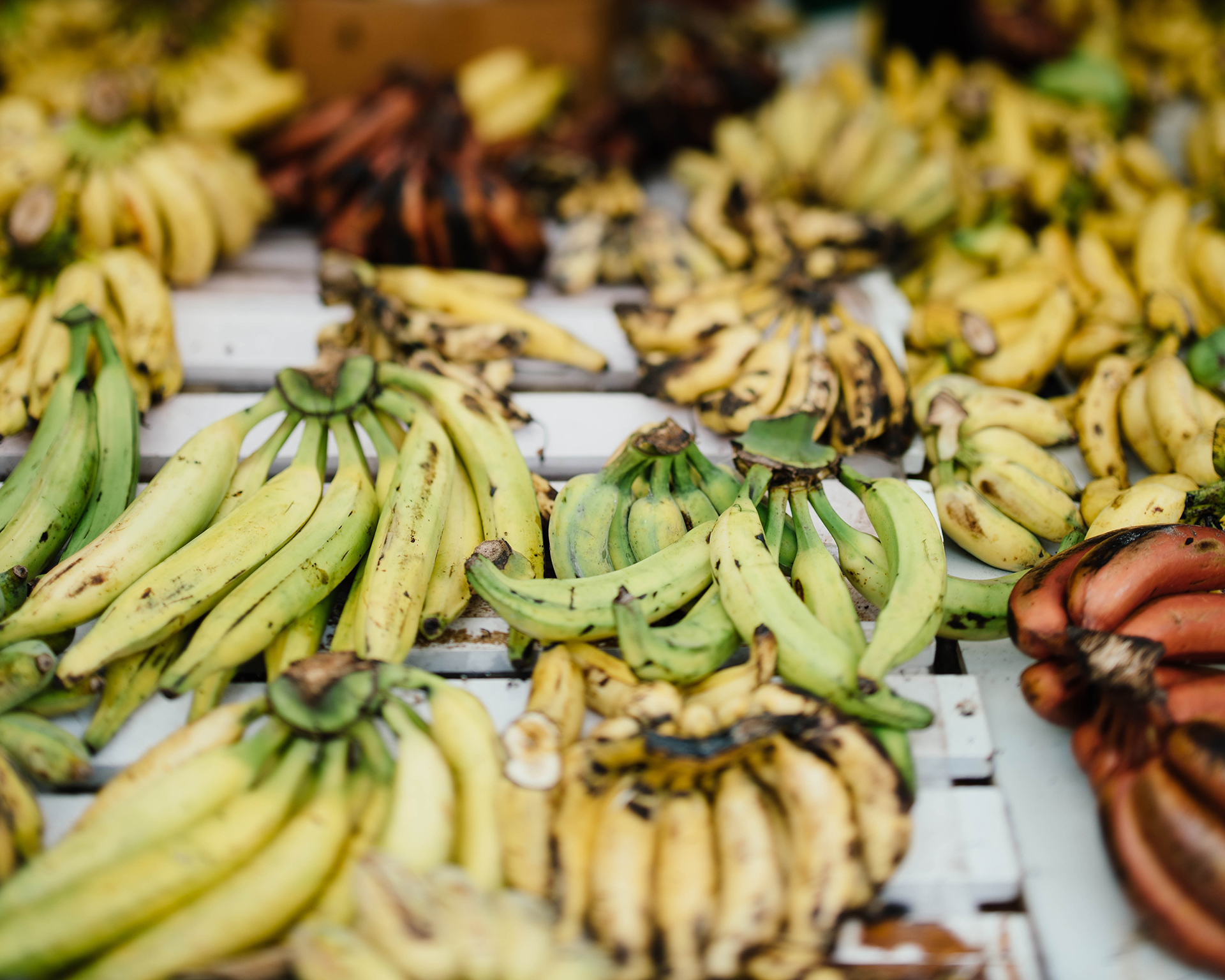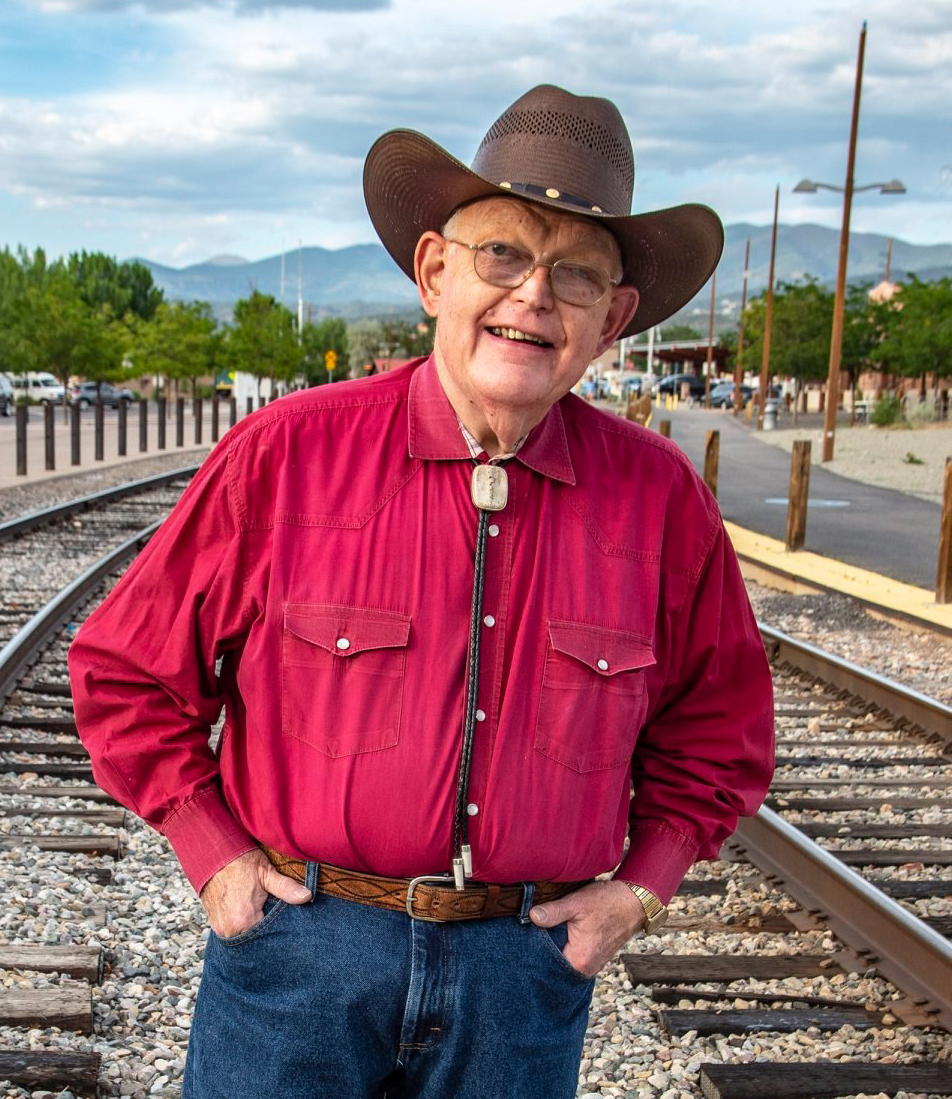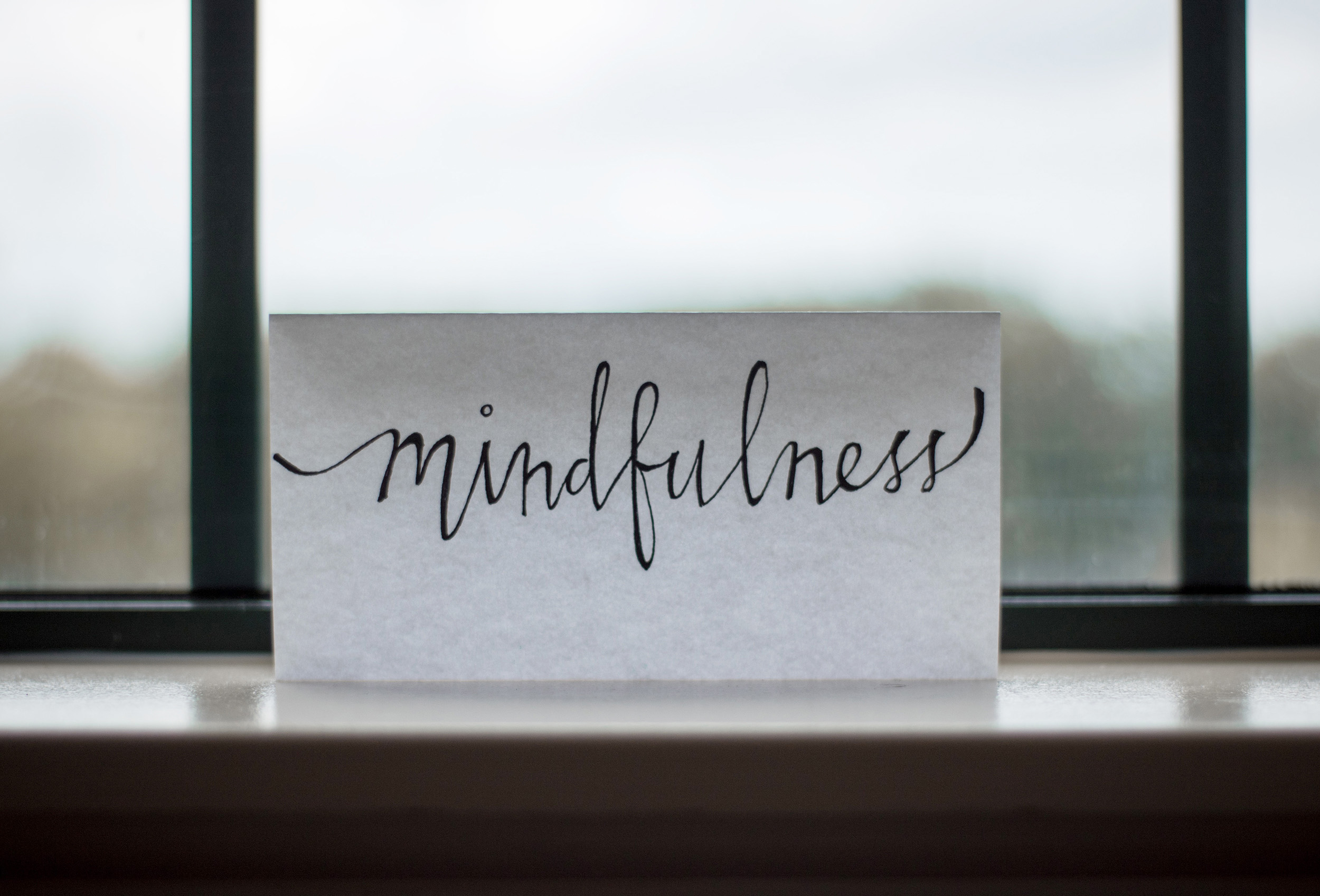By Eli Follick
The first quarter of the year is almost done. By now, many have forgotten or given up on the most common New Year’s resolution that is made – I will lose weight. What happened to the good intentions? Were those intentions swallowed up in the hustle and bustle of everyday life? Maybe some event occurred that made it easy just to give up and revert back to habits and choices that were
familiar and comfortable.
If you are at a point in your life where you have totally avoided seeing doctors, taking pills, and are looking forward to a rosy, active, and fun future, congratulations! If you are not as fortunate and have developed some problems that painfully stand in the way to do and accomplish all you would like, you may benefit from the advice and guidance that follows.
I am 77. Five years ago, after developing a number of challenging medical conditions, I went to my doctor and she prescribed some medications and told me to lose some of my 245 pounds. I left the office without a clue as to how to do that and where to start. I worked at it, learning how to do that and more so that now I weigh 140 pounds. I also no longer take any of those prescribed medications and am actively awaiting my first great-grandchild.
I had to start somewhere. I attended a Bernalillo County Extension course on managing my diabetes Type 2. It was a revelation. I thought I knew what and how to eat – I didn’t. I thought I knew how to shop – I didn’t. There was more, but the most important thing, the thing which got me going on my journey to health, in addition to the basic knowledge, was learning how to think, reason, and consequently how to develop new healthy habits and make more healthful choices. My purpose in this column is to share what I successfully learned and applied to get to where I am today – a much healthier person then I ever was.
The fact is it starts in the brain. There are many illnesses that require doctor care and medications and you have to do the best you can. However, if you have a condition, such as obesity or typical diabetes Type 2 (Type 1 requires insulin and, of course, you must take that), or others, some modest lifestyle changes can help to improve your lot in life. The techniques that follow will prepare you to accept the responsibility for making wise decisions, solving problems, making a plan, and coping with all the factors
that stand in the way of your journey to health.
The ways you eat, sleep, exercise, and take care of yourself are habits or behaviors. You have had these for many years, and they are not easy to change. You probably will not be able to make a lot of changes overnight but you can learn to make changes that will be to your benefit. To make these changes, you need to understand what is important to you and how confident you are to reach
your goal.
Start with something you feel ready to change and want to tackle. Once you understand why you want to make the change, the “what to do” becomes easier. It has to be specific. For example, simply saying, “I want to lose weight,” is too general. Stating, “I want to cut out my evening ice cream starting Monday,” is better. Remember, starting a new habit is easier than giving up an existing one. So, an even better declaration might be, “I want to exercise by walking for a half hour, three times a week – Monday, Wednesday, and Friday in the afternoon.”
Get rid of habits you want to break. If you want to stop snacking, don’t buy snack food or keep it in the house. Maintain a wellness log of the habits you want to change, and annotate it with your progress. If something gets in your way and you fall back, don’t beat yourself up. Instead, ask yourself what can you change about what went wrong? Keep at it; consistency is very important. When you are successful, reward yourself in some manner that does not include eating. Food is not a reward. A new, smaller-size pair of pants IS a reward.
A technique that helped me was to set up an I-SMART goal. The letters stand for Inspiring/Important, Specific, Measurable, Achievable, Relevant, and Time-specific. What will you do or not do? Where and when will you do it. How will you keep track of your new, healthy behavior? How will you know if and when you achieved your goal? If you face barriers, how will you overcome them? How confident are you that you can complete this plan? What is your time frame? How will you reward yourself? If something doesn’t work, think about what you learned. Identify the problem and figure out what you would do differently. Maybe the goal is too big. Maybe life intervened.
An additional strategy is visualization. Imagine yourself as successful in meeting your goals. Close your eyes and picture yourself in four months or a year. Think about how you’ll look, how you’ll feel physically, and how you’ll feel about yourself. This reinforcement will enhance your ability and desire to succeed on your journey to health.
If you practice what you have read so far, you will find yourself getting used to the big and little things that influence your health and well-being. Another brain-based factor that has helped me is mindfulness. To be mindful is to become more aware of where you are and what you’re doing without becoming overly reactive by what is going on around you. This is a natural quality that we all have. By practicing mindfulness, we give ourselves space to think, space to breathe, and space between ourselves and our reactions.
When I lecture to a group for the first time, I often give an example of mindfulness. I give each participant a napkin holding a single raisin and ask them to put it in front of them on a table while they are seated. I ask the participants to shut their eyes and listen to my words. I ask them to imagine the raisin, its crinkles, color, shape, size, and what it might taste like. After they’ve done this for a moment or two, I ask them to put it into their mouth. Feel it, roll it around, react to its texture, size, and degree of hardness. Then I ask them to chew it slowly, taste it, feel the texture, and swallow.
How is this connected to anything? Think about your dinner meal. It’s all delicious and smells great. Your mouth is watering. You pick up your knife and fork and go to it. In about five minutes, your plate is empty and you are thinking about a second helping. Another portion appears and you go through it in 10 minutes. You have to loosen your belt to breathe. Dessert is announced. Grandma made you her special pie, which she knows you like with a scoop of ice cream. You can’t resist, and she is already cutting you a second piece. You are not sure you’ll ever be able to move again.
Now let’s take another look at the same scenario while practicing mindfulness. The plate is brought to you. You look at it. How appetizing it appears. You inhale the aromas. Wonderful! You remember the last time you had such a special meal. You thank Grandma. You turn to the right and ask the guest seated there if he’s enjoyed such a good-looking meal before. You cut a piece and put it on your fork as you put down the knife. You bring it close to your mouth and take a moment to inhale the aroma. As you put it into your mouth, you savor the taste and slowly chew the piece until you’ve enjoyed all the flavor you can. You swallow and pause for a moment thinking how good that was. You move for the second piece after taking a sip of ice water. Instead of five to 10 minutes, it takes you about 20 minutes to clean the plate. You are full and don’t want a second portion. You don’t have to loosen your belt. Plus, instead of ingesting 2,000 calories, more than a day’s food, you stopped at a more reasonable 1,000 calories – still a lot, but half as
much as the first approach.
In future articles, we will address better and more healthful food choices, solving problems like stress management, what to do at a buffet, how to enhance your exercise regimen, getting better sleep, smart shopping, and mastering new habit formation. Good luck on your journey to health.
Eli Follick is a lifestyle coach, certified by the New Mexico Department of Health, with specialties in nutrition, stress reduction, and disease management. He is certified by the Centers for Disease Control to teach about the National Diabetic Prevention Program and works with local physicians to help patients formulate food programs for weight reduction.


